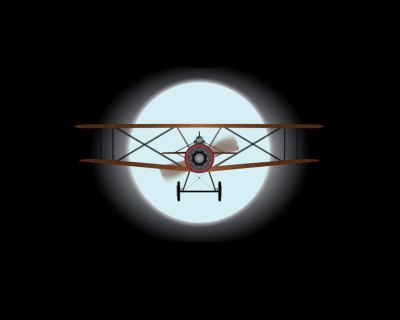World War I, Day One: July 28, 1914

The assassination ignited immediate outrage in Austria-Hungary, so why wait 30 days to declare war? When Japan bombed Pearl Harbor on Dec. 7, 1941, the U.S. Congress declared war on Japan the next day, with only one vote against it. The government of Austria-Hungary was more conflicted over its course of action, and even the pro-war side believed the country needed more time to prepare for battle.
Austria-Hungary, a union of the empire of Austria and the kingdom of Hungary, was led by Franz Joseph, emperor of Austria, king of Hungary and the uncle of Ferdinand. His top general, who considered Serbia a thorn in the side of Austria-Hungary’s ambitions in the region, had been angling for war for a long time.
Even though there was no strong evidence tying the Serbian government to the assassination, the general saw the shooting as an opportunity not to be wasted. The foreign minister also favored war. But other officials, including the prime minister of Hungary, wanted to see if the crisis could be settled through diplomacy.
Austria-Hungary’s calculus had to factor in Russia’s possible reaction. Russia and Serbia had a common ethnic heritage and close political ties. If Russia came to Serbia’s defense, Austria-Hungary could be in for a tough fight.
Before making a decision, the Austro-Hungarian government conferred with Germany, its military ally under an 1873 agreement. Kaiser Wilhelm II and his chancellor (prime minister) believed Serbia needed to be punished, and on July 6 Germany said it would “faithfully stand by” Austria-Hungary in whatever action was taken against Serbia.
With effectively a blank check from Germany in hand, Austro-Hungarian officials met July 7 and voted for war. Before officially declaring war, however, Austria-Hungary would deliver a list of demands to Serbia—demands so harsh that Serbia almost certainly would reject them. Austria-Hungary planned to present the list on July 23. The intervening weeks would be used to organize the attack on Serbia.
When Austria-Hungary issued its demands at 6 p.m. on July 23 it gave the Serbian government just 48 hours to respond, essentially cutting out any time for negotiation. The Austro-Hungarian ultimatum had 10 demands. They included: suppress any publication that “incites hatred and contempt” of Austria-Hungary’s monarchy; “eliminate without delay” any teachers or instruction that might “foment the propaganda” against Austria-Hungary; and remove from the military all officers guilty of propaganda against Austria-Hungary, which would provide to Serbia a list of the officers who should be removed.
The Serbian government, which submitted its response at 5:58 p.m. on July 25, agreed to most demands. But it had concerns about the “scope” of one demand: that Serbia accept the “collaboration” of Austro-Hungarian officials in the suppression of subversive activity, which could be interpreted to mean that Austro-Hungarian police would be allowed to operate in Serbia. And it rejected outright one demand considered a violation of Serbia’s constitution: that Austro-Hungarian officials be allowed to participate in the investigation related to judicial proceedings regarding the June 28 assassination.
Serbia knew that its rejection of even one of Austria-Hungary’s demands would lead to war, but it also knew Russia had its back. Indeed, on July 26, Russia said it would jump in to help Serbia if Austria-Hungary attacked.
Germany’s Kaiser Wilhelm thought Serbia’s response was good enough and said there was no longer a cause for war (although he did suggest a temporary occupation of Serbia to make sure Serbia's government complied with its agreement on the demands).
The hawks in the Austrian government, however, were already committed to a war with Serbia, and—Kaiser Wilhelm’s wishes notwithstanding—some German politicians and military officials were eager for a war with Russia and ally France because they believed one had to be waged eventually to settle a European power struggle that had been intensifying for decades. So let’s get it over with now, they reasoned.
On July 28, Austria-Hungary, alleging that Serbia had not answered its demands in a “satisfactory manner,” declared war at 11:10 a.m. in a telegram to Serbian Prime Minister Nikola Pasic.
The next day, Austro-Hungarian navy ships began bombarding Serbia’s capital, Belgrade. World War I had officially begun. (Austria-Hungary would not conquer Serbia until November 1915, after it had joined forces with the Germans, who took command of the operation. Allied forces, primarily French and Serbian troops, liberated Serbia the first week of November 1918.)
Related:
100 years ago: 5 reasons World War 1 started
5 classic movies set during World War 1
Docudramas: Lost in the fog of war

